Ingram Mono is a sans serif font design published by Minor Praxis.

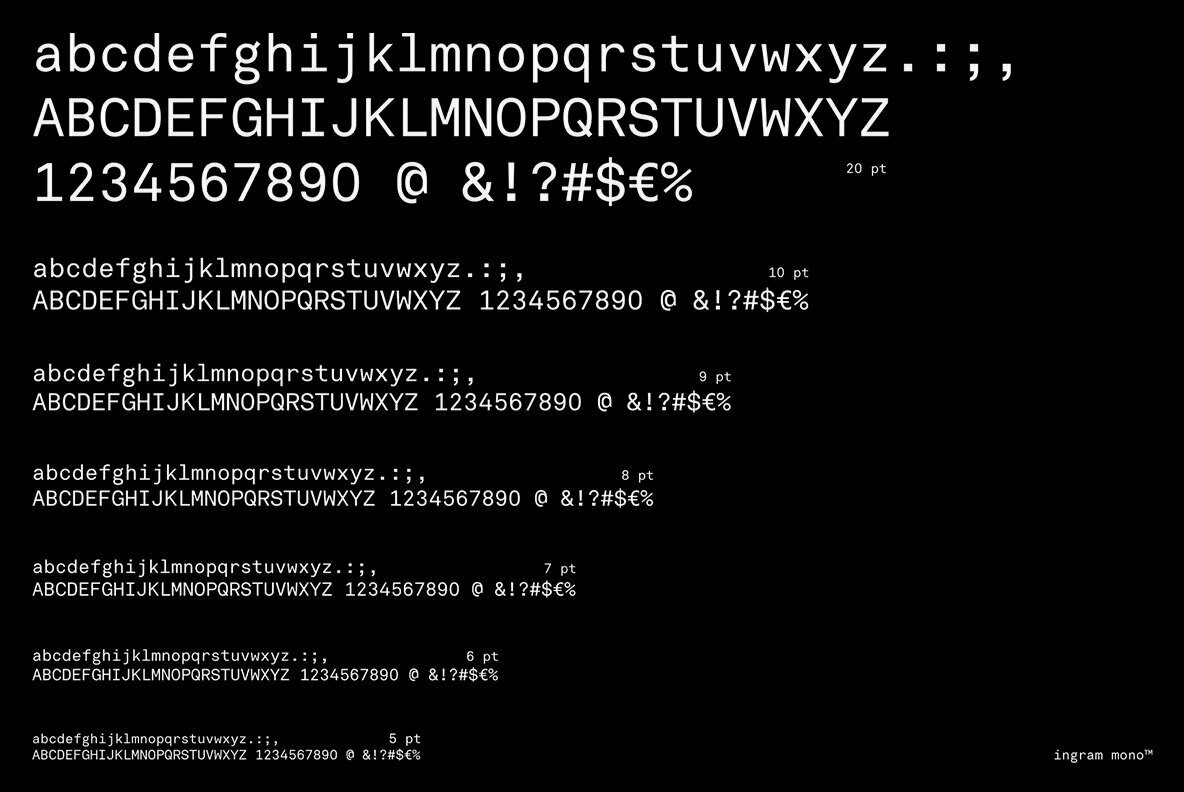

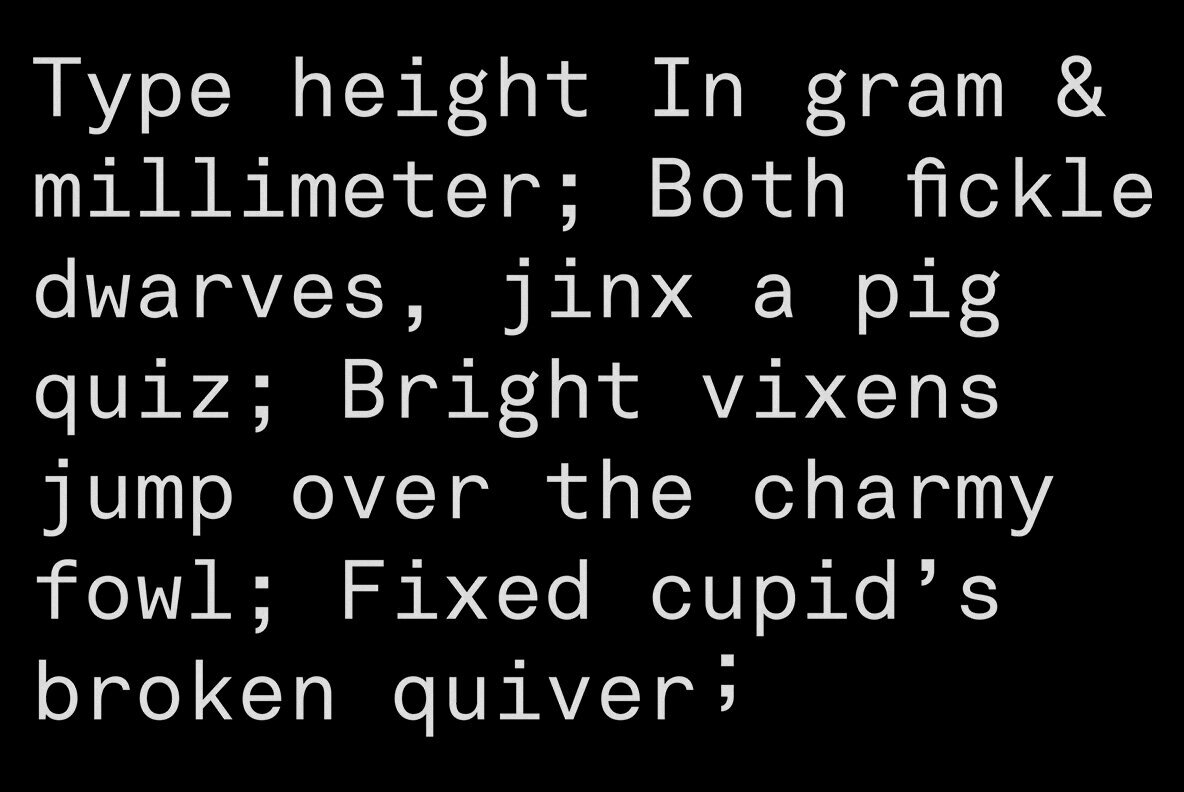
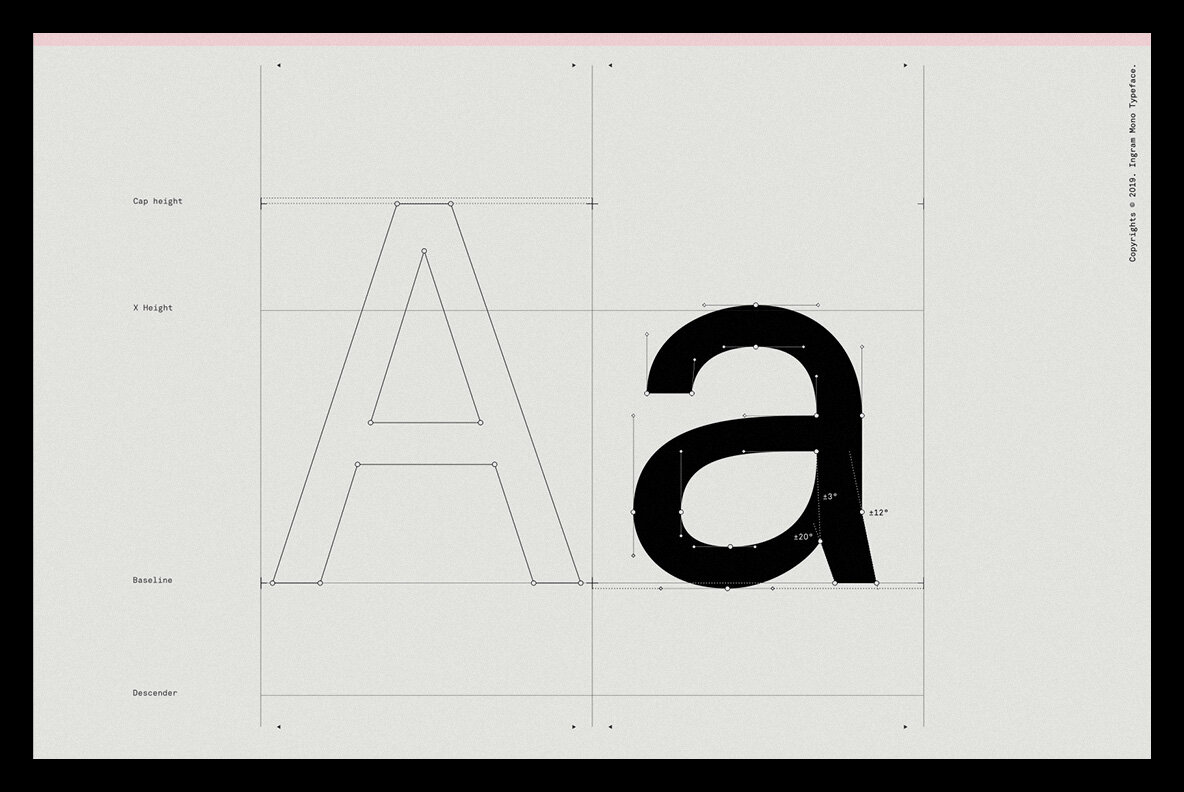








The ultimate typographic experiment – 7,762,392 typefaces from one of the world’s foremost typography studios.
MuirMcNeil makes typefaces that work in mysterious but mathematical ways. Using methods that are entirely contemporary, though they can seem arcane, they explore ‘parametric design systems’. And there is something about their commitment to a punchy, practical, systems-based approach that communicates far and wide.
Founded in 2009 by Paul McNeil and Hamish Muir, MuirMcNeil was established to explore the use of systematic methods in graphic design, typography and moving image. Their first publication, System Process Form, is a detailed survey of their Two type system, an extensive collection of geometric alphabets in which every stroke, shape, letterform and word is designed to correspond and collaborate in close harmony. Far from a mere catalogue of typefaces, this publication is a powerful demonstration of the beauty of analytical approaches to form-giving for visual communication, one that embraces both micro and macro views, and one whose end results can be as spectacular as they are unexpected.
Driven by numbers, rules, conditions and permutations as well as design decisions and collisions, the Two type system is a continuously evolving body of work both analog and digital, algorithmic and fortuitous, predefined and wildly unpredictable. The system comprises eight family groups, designed not as independent alphabets but as features of an expansive design space in which individual glyphs interact as variable components. A standard grid determines positioning for both shapes and spaces with every element aligning precisely, so that the superimposition of any pair of the system’s 198 modular fonts will result in a single unique instance from 39,204 possible combinations. Selected examples of these combined forms are displayed in System Process Form, along with many even more exuberant outputs composed from the millions of options afforded by the combinations of three layers.
In the editions here, exclusive to Volume, System Process Form reveals how design can be liberated from the narrow confines of individual ideas, intentions or expressions, leaving the designer free to discover infinite new organisms rather than being obliged to invent them.
vol.co/product/system-process-form/
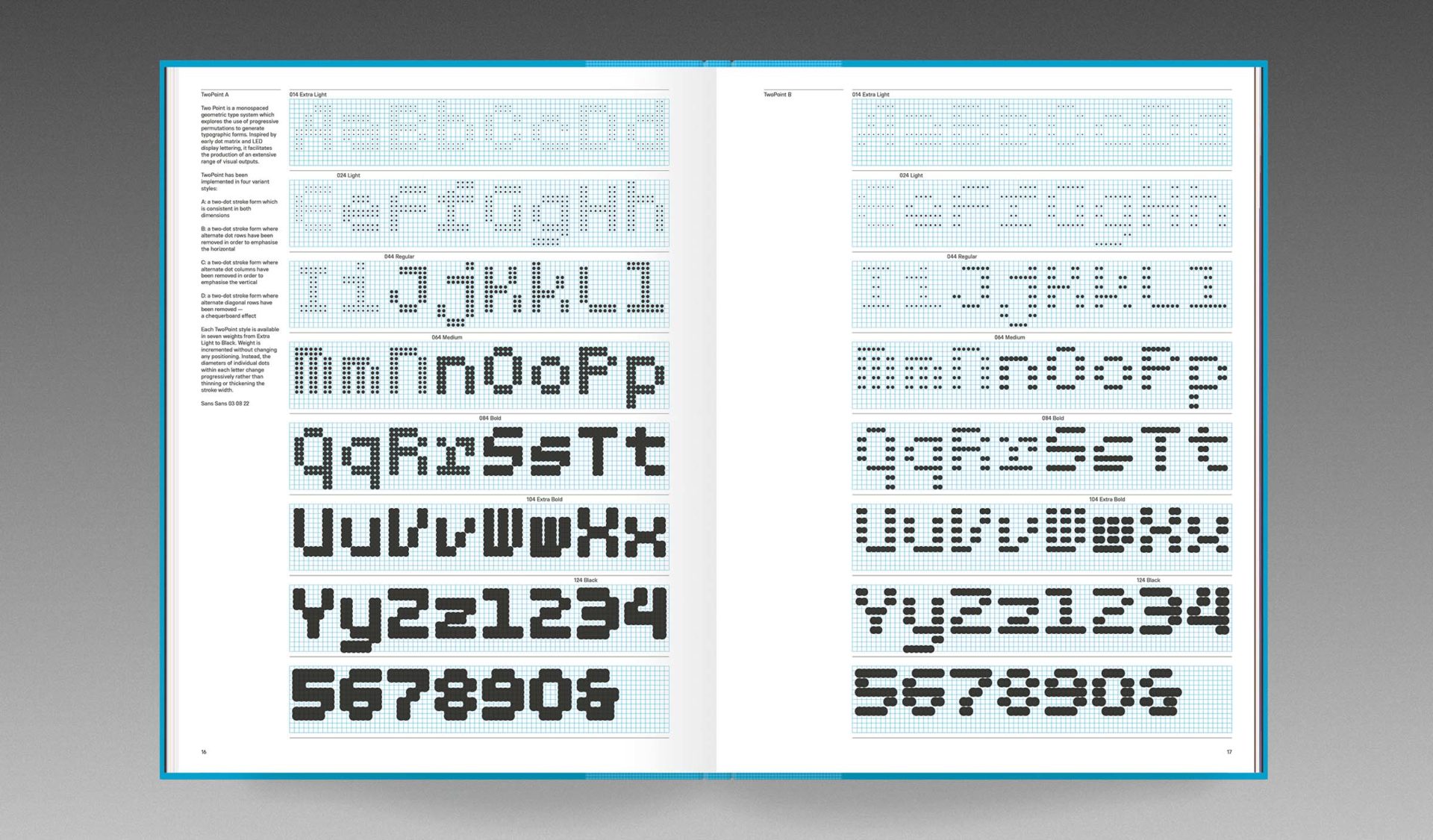
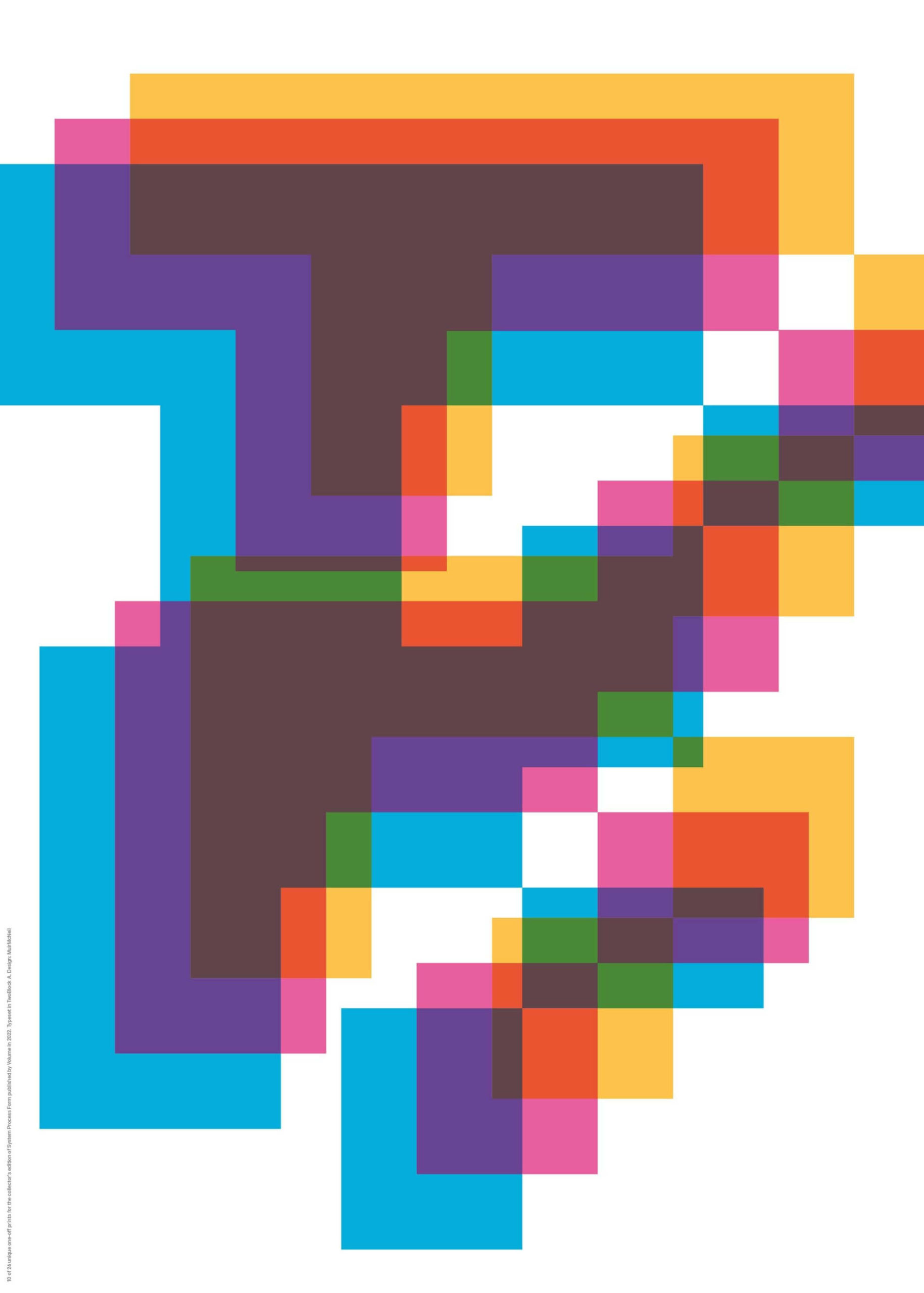


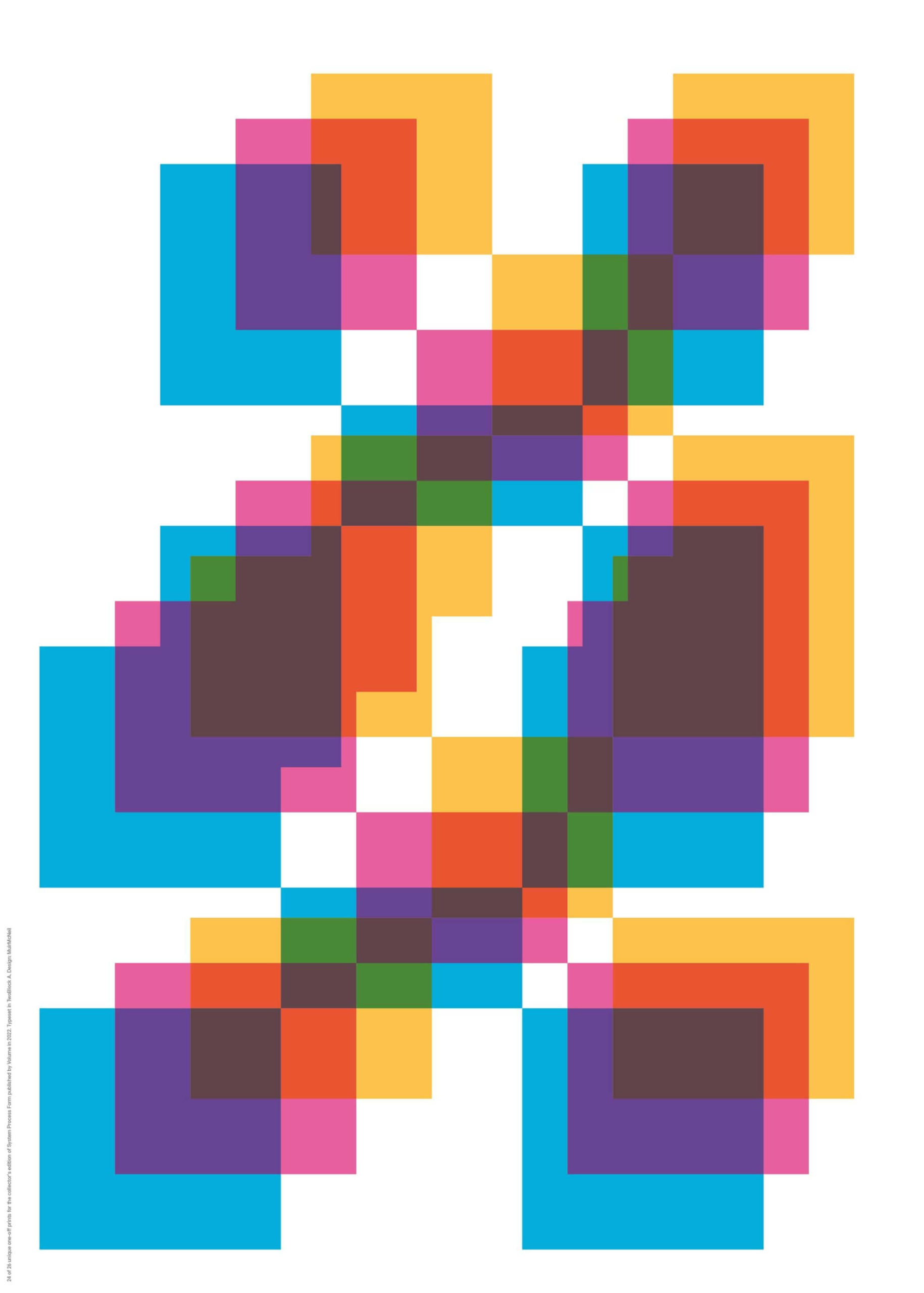

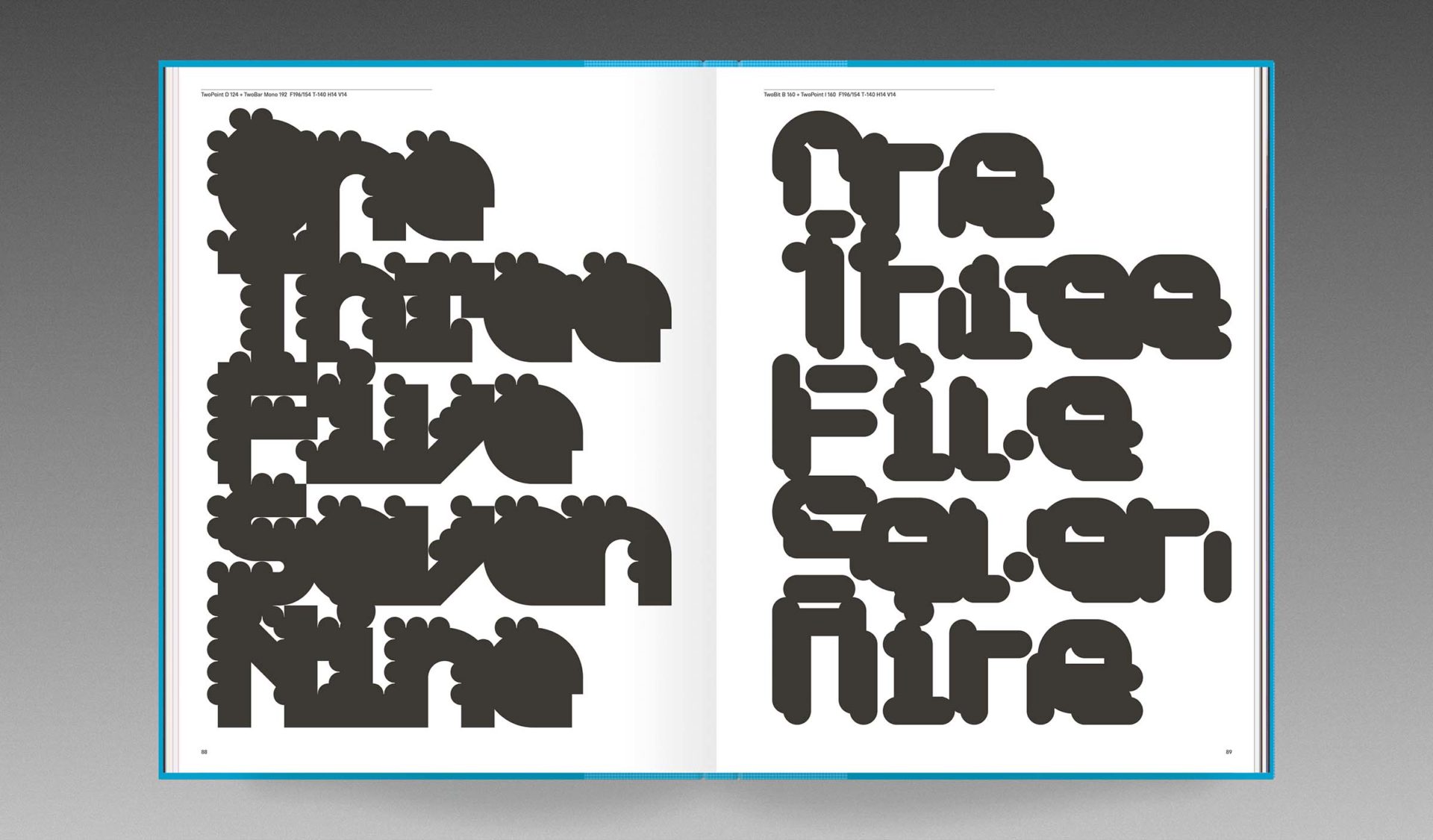
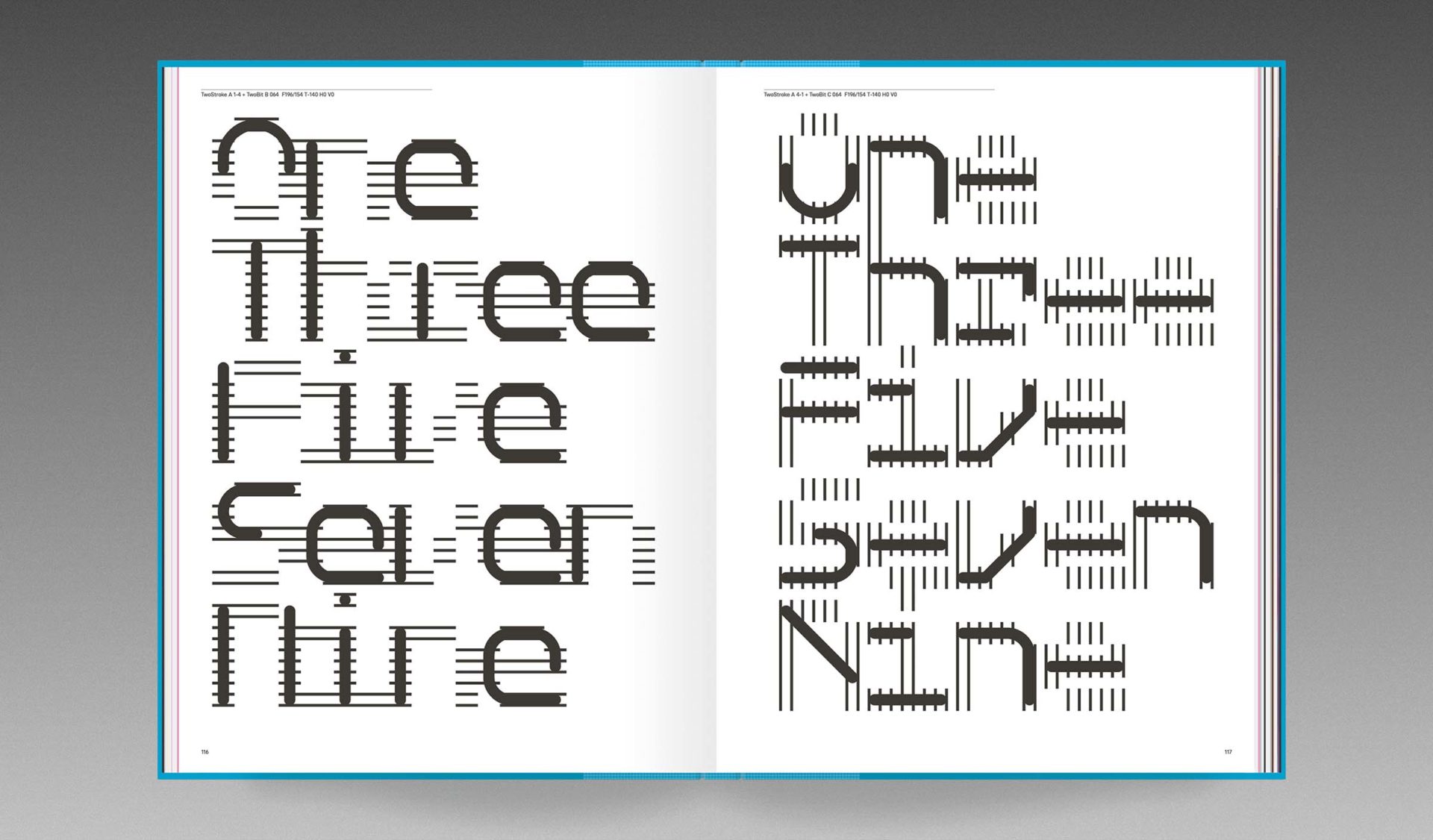


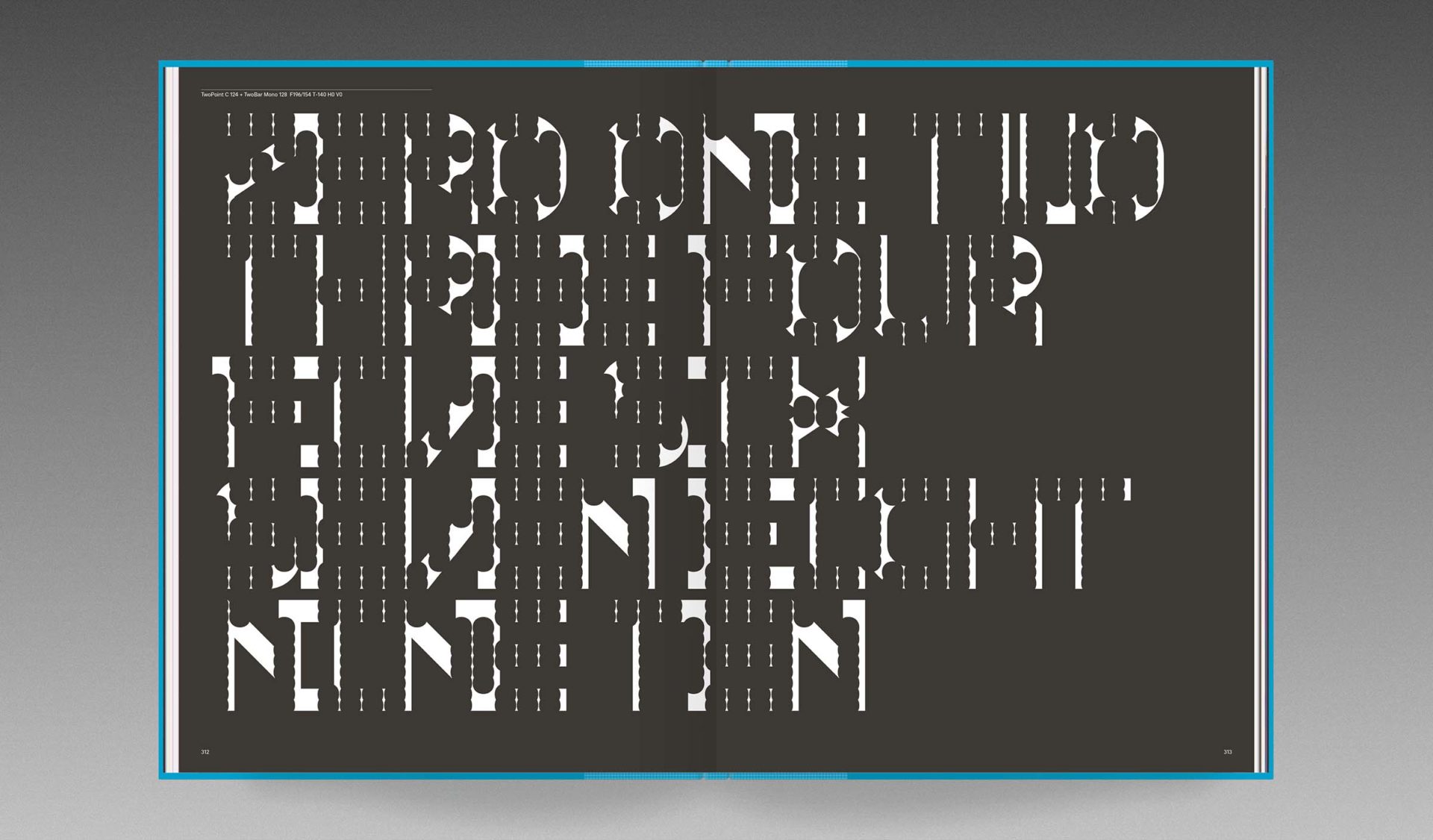




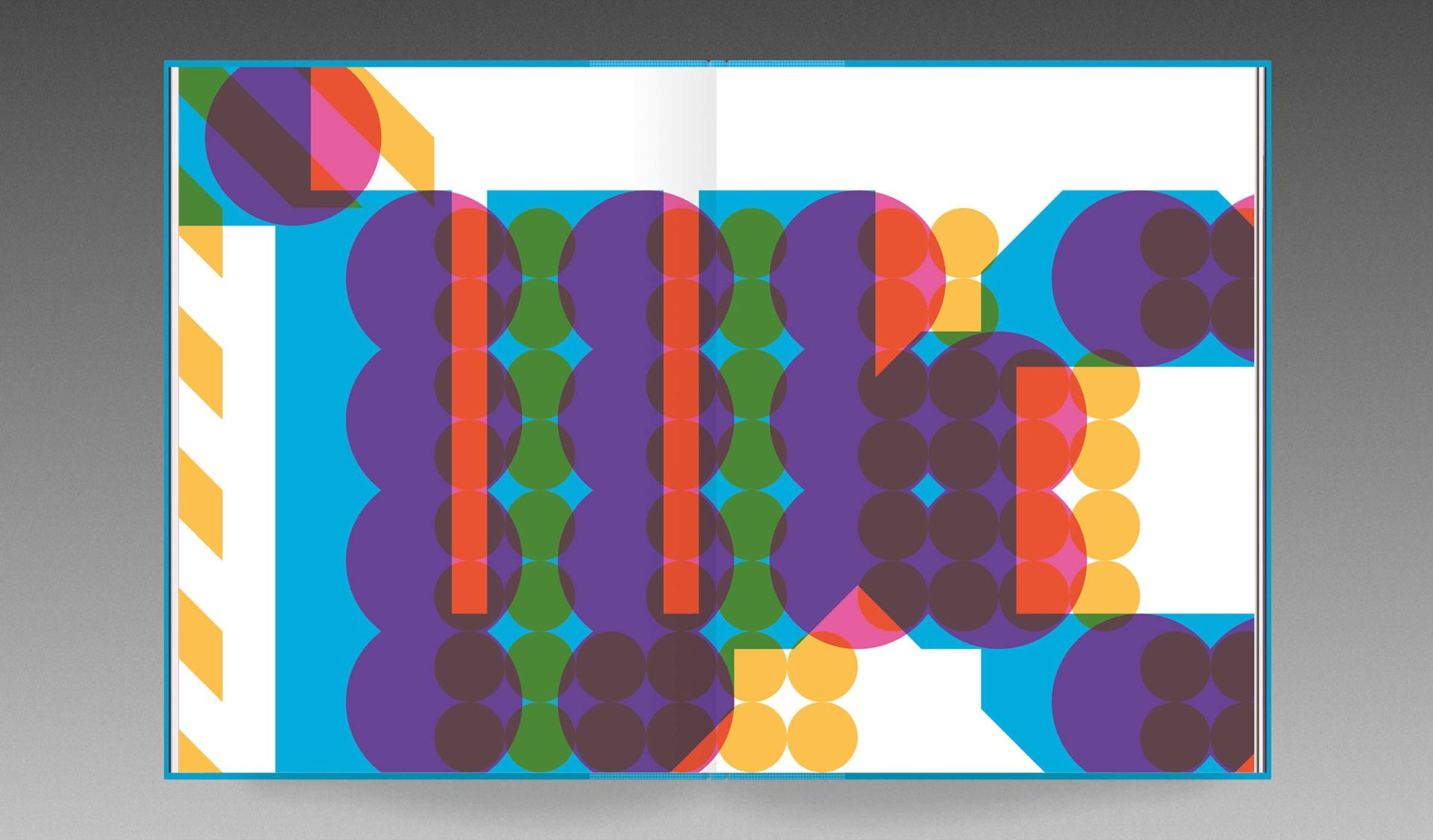


Aesthetics are usually considered a set of principles concerned with the nature of beauty, but for both of us, systems are aesthetically beautiful in themselves.
MuirMcNeil







RM Mono is the monospaced version of RM Neue. Each character in RM Mono fits in a box of the same width (600 units).
This monospaced version closely follows the original design of RM Neue and its utilitarian roots. There is an alternate single-storey ‘a’, and ‘f’ with a bottom serif as well as a new alternate ‘R’. There are arrows, fractions, superior and inferior numerals, as well as multiple geometric symbols to choose from. With the punctuation in RM Mono being a little bit oversized and the Regular weight being a little bit heavier than a usual grotesque, it could even perform well if used as a coding font.
RM Mono is available in 5 weights, ranging from Light to Black, matching the weights of its sister family, RM Neue. The extensive language support (Latin Extended A) allows type setting in most European languages written with the Latin script
As always with CoType fonts, they created a type family that functions well for graphic design purposes, like posters, logos, and booklets. RM Mono will pair very well with RM Neue to create a unique house style for any business.
FREE double sided, A2 type specimen poster and variable fonts on all Full Family purchases.
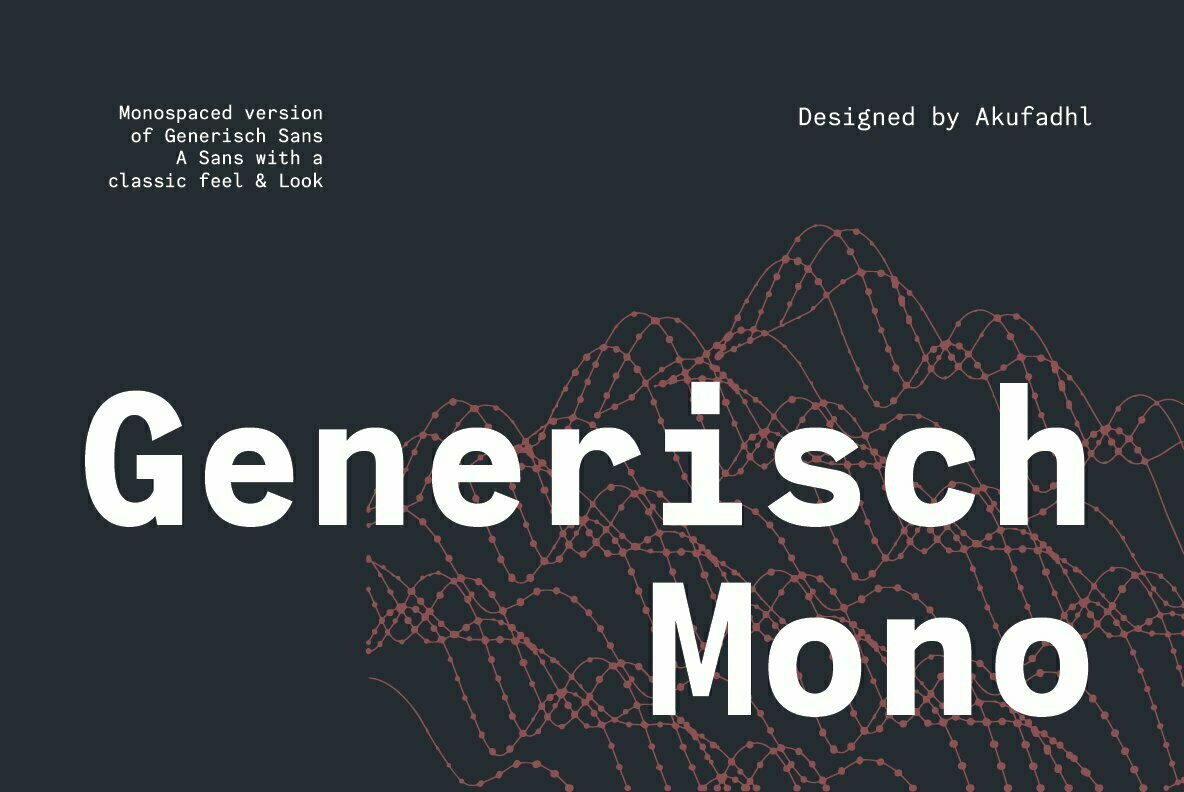



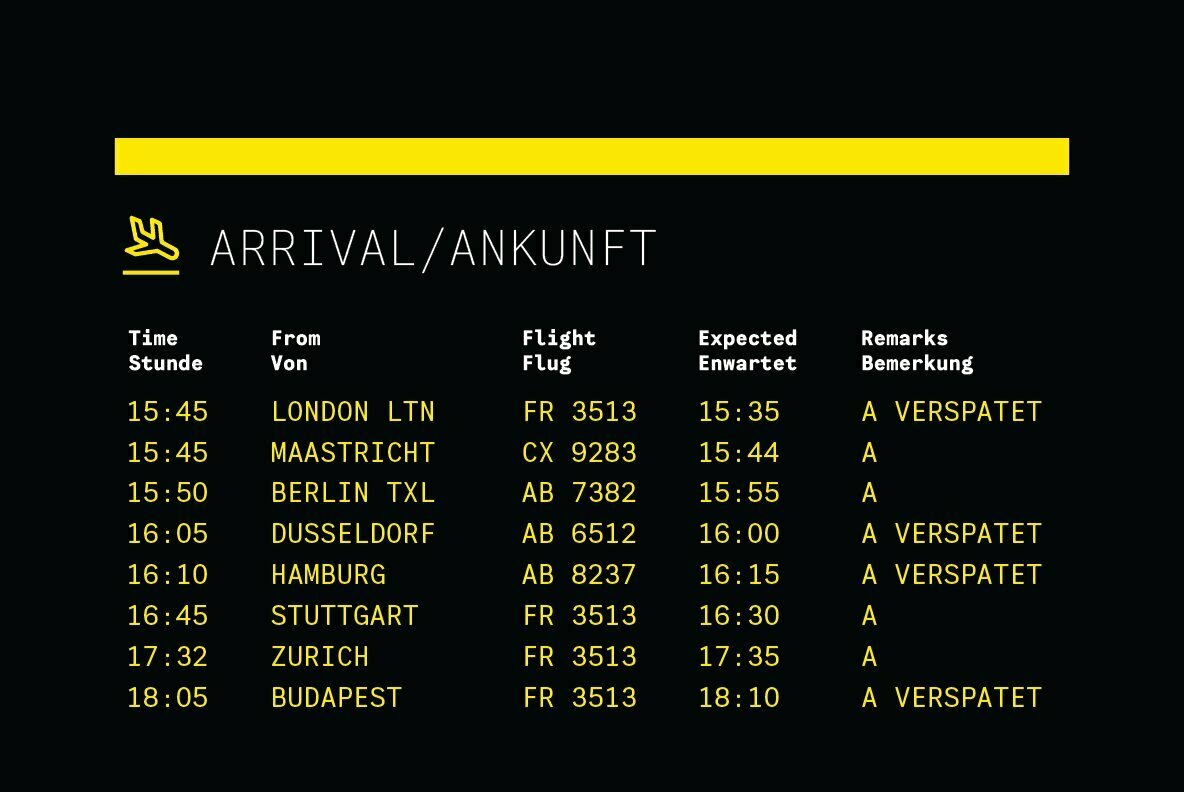
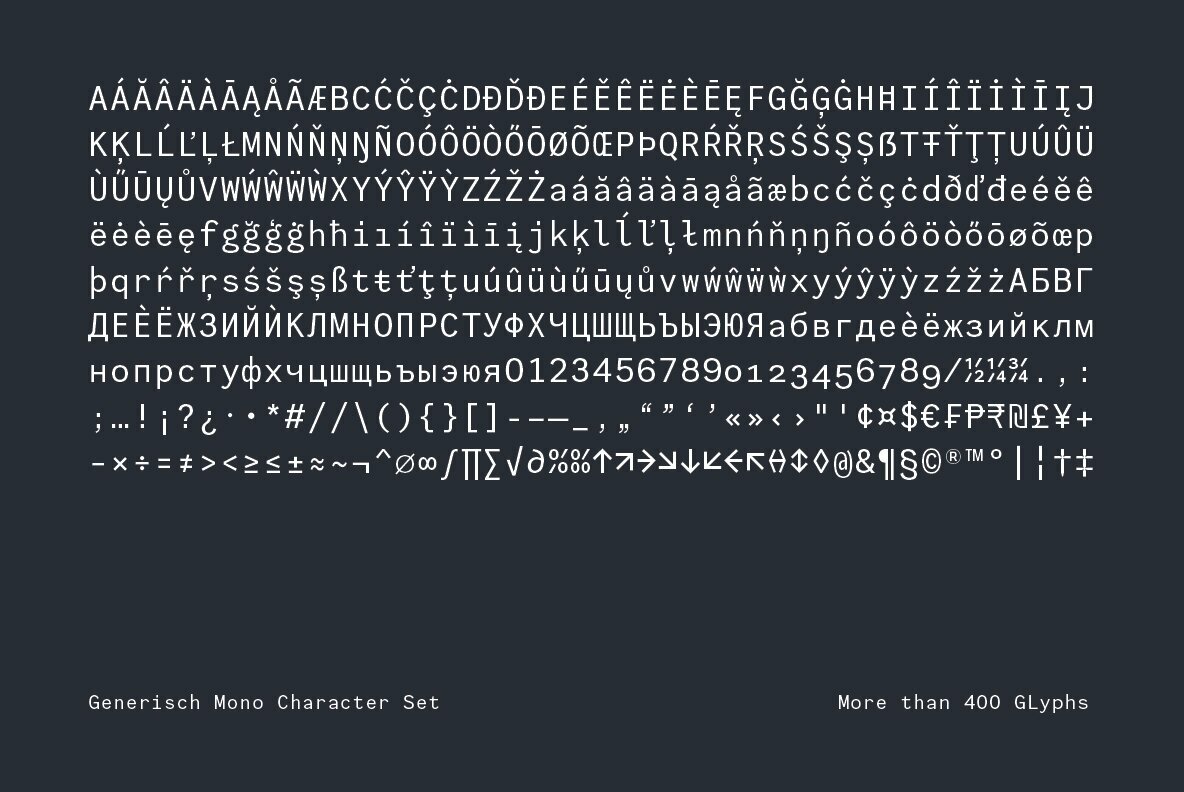

Generisch Mono is a monospaced version of Generisch Sans. Generisch – a german equivalent of generic – sans serif typeface has gain its own place among designers and earn such popularity due to its “simple” design.
Generisch is influenced by early grotesk typefaces from early 1900’s when sans was starting to get popular and used as a body type. Some old ligatures such as ch ck and ng are present in generisch (not the ct and st tho), old style numeral for better typesetting experience and more.




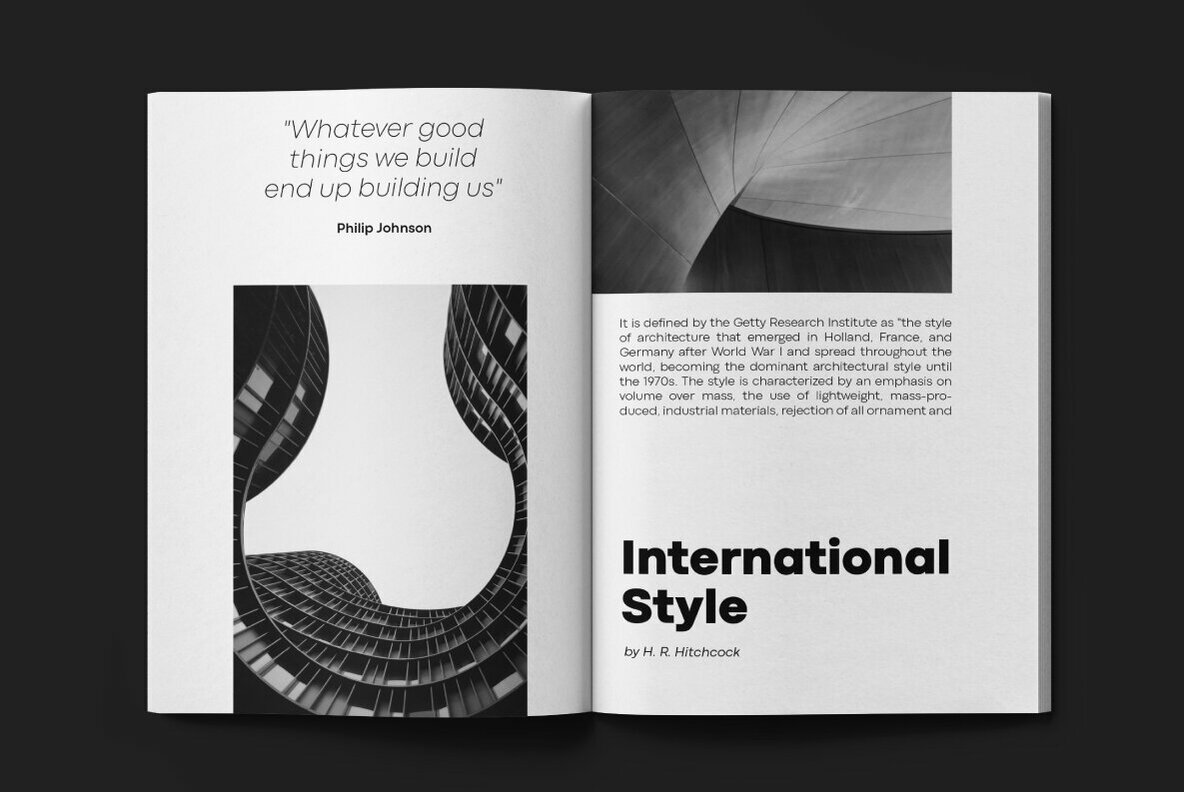


Codec Pro is the newest incarnation of the Codec family, developed in 2017 by Francesco Canovaro, Cosimo Lorenzo Pancini and Andrea Tartarelli as a research on the subtleties and the variations on the theme of the geometric sans-serif design.
The original typeface has been completely redesigned and expanded to feature a wide range of eleven weights, from the hairline thin to the bulky fat, while the character set has been extended to include not only latin, cyrillic and greek but also arabic, farsi and urdu scripts.
A veritable swiss-knife for the designer, Codec Pro also includes a wide range of alternates and stylistic sets that cover all the subfamilies and the moods of the original type system. So while the standard set (Codec Cold) has terminals cut parallel or perpendicular to the baseline, emphasizing geometry for a more construceted look, stylistic set 4 (Codec Warm) uses open diagonal cuts and humanist shapes to give the typeface a gentler, warmer feeling. Set 3 (Codec Cold Logo) comes alive with funky ligatures, while Set 5 (Codec Warm Logo) stretches uppercase characters horizontally for a dynamic, unexpect effect
Inspiring motion work from Dia for A-Track, a DJ and record producer.
Dia created a typographic identity system as the foundation for all design. A range of unique artwork created for varying assets working within a set of typographic driven parameters. From the more minimal expression of the brand seen in the website and tour flyers to a maximal expression illustrated in album covers and live show visuals.

36 days of restless creativity, where participants are challenged to design a letter or number each day, resulting an outcome of the ability to represent the same symbol from many different perspectives.
A project that aims to be a space for creation around typography and its endless graphic possibilities.
I will be contributing to this years project with a series of 3D type treatments. Follow me on Instagram to view my submissions:
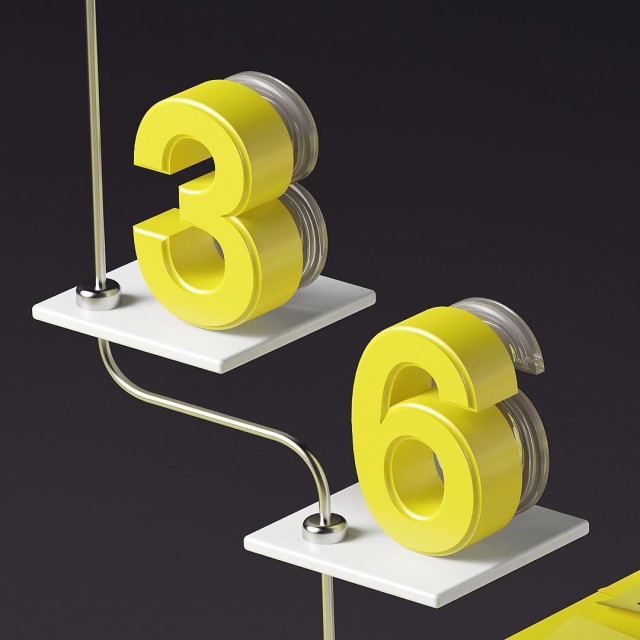
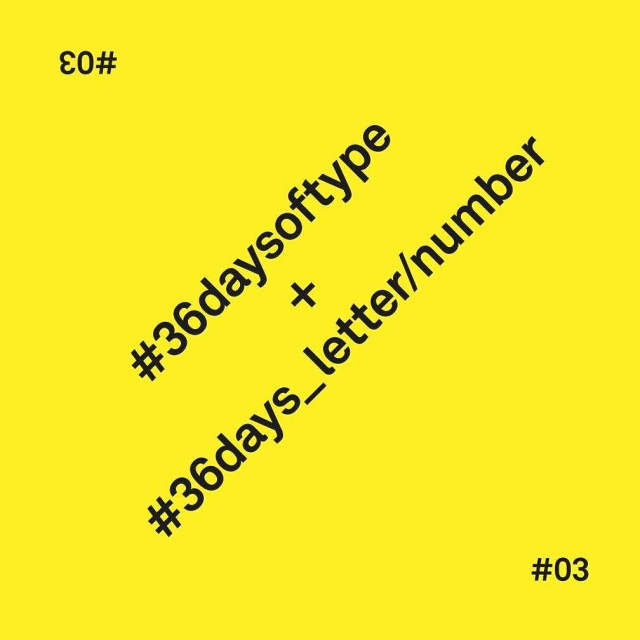

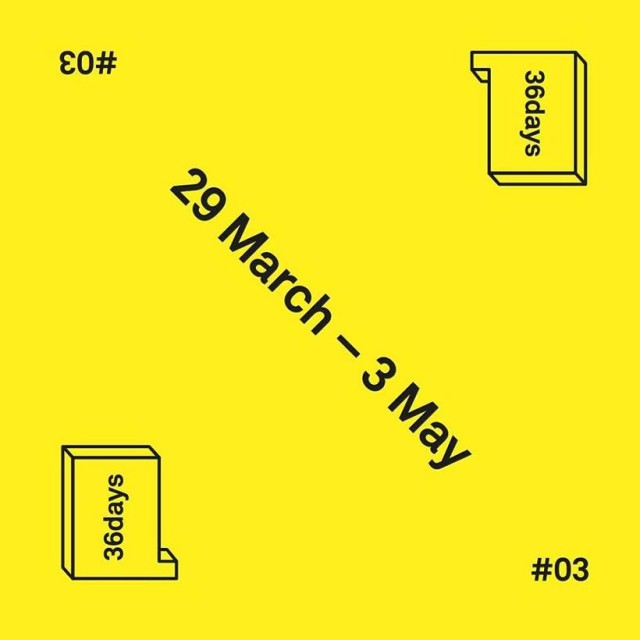
A visual collective interpretation of creativity process
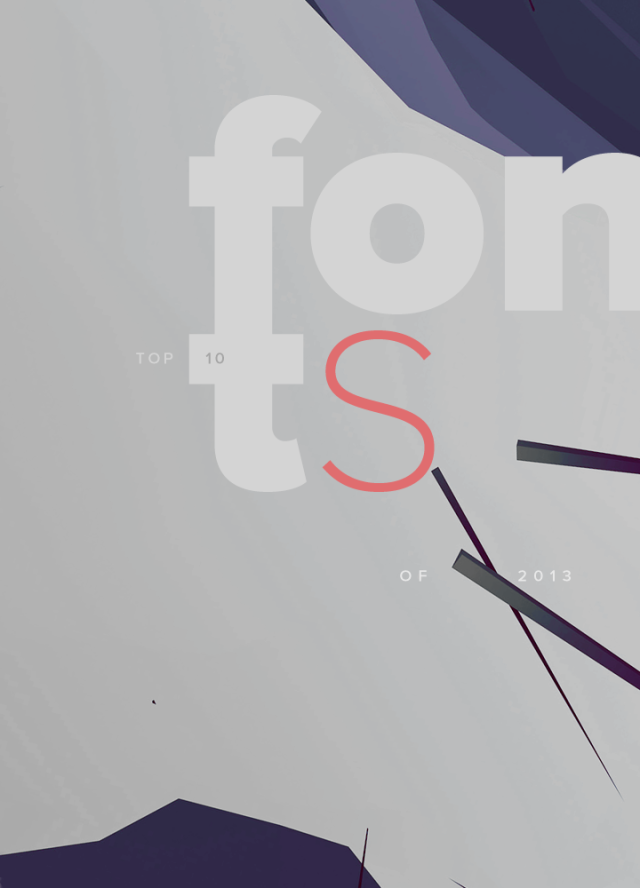
A nice selection of top 10 fonts 2013 has been posted over at YWFT on the blog. For all typography lovers its well worth taking a look. Check out the collection here or purchase at www.youworkforthem.com
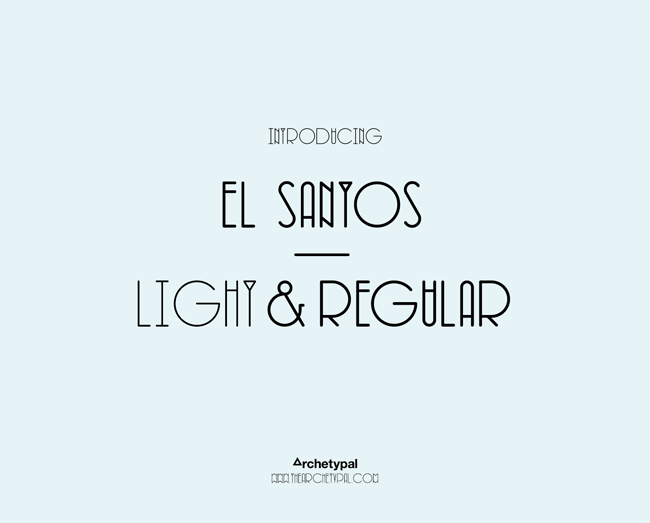




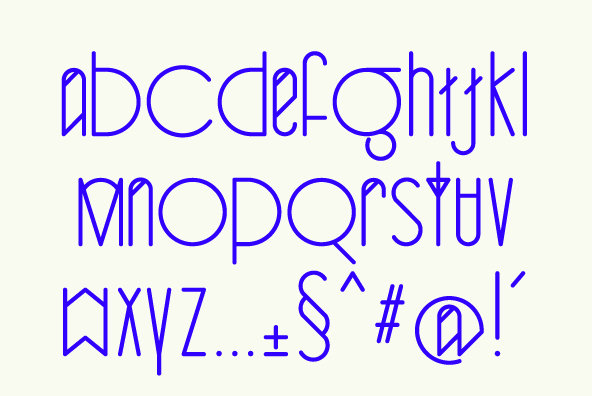


Designed in late 2011, by fellow Leeds designer Si Billam. El Santos is a beautifully simple yet elegant typeface. Perfect ellipses contrast narrow uprights creating a unique decorative equilibrium within words, sentences and paragraphs.

Known for his experimental style and hands-on approach to pushing type to its limits, Ward bridges the gap between illustration and typography,exploring the notion of word as image. His work tells stories with an inventive use of type and typography, bringing words to life; an approach he took literally for this year’s Creative Review Annual cover, for which he teamed up with an immunologist and actually grew a microscopic letter ‘A’ from pollen cells.
Often favouring this organic and scientific approach, when commissioned by Discover Magazine to produce something for their 30th Anniversary cover, he used a magnetic ink – called Ferrofluid – containing tiny suspended particles that react to magnets to create a kind of fluid
stencil of the number 30.
Another key piece uses what he dubs ‘kinetic typography’. The words ‘You Blow Me Away’ were screenprinted on sheets of glass which were then blasted with ballbearings & pool balls and photographed to capture it at various stages of its destruction.
For more of Craig’s work check out – http://www.blinkart.co.uk/#artist/craigward